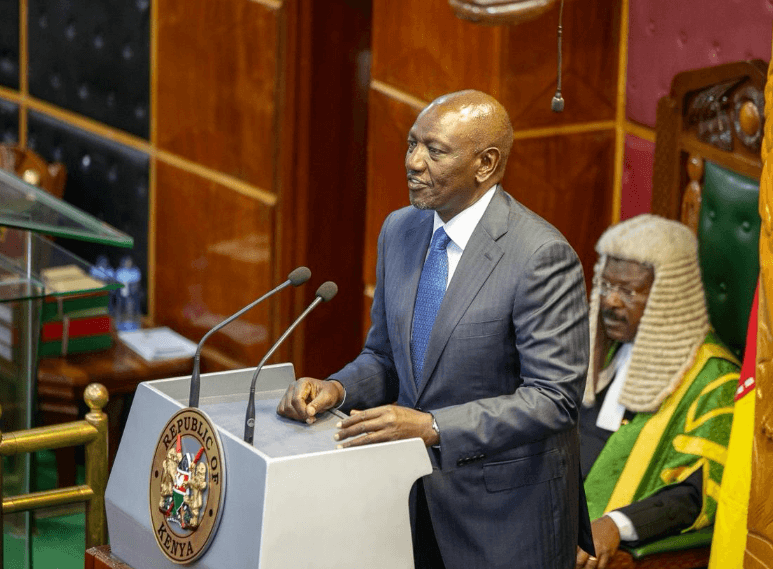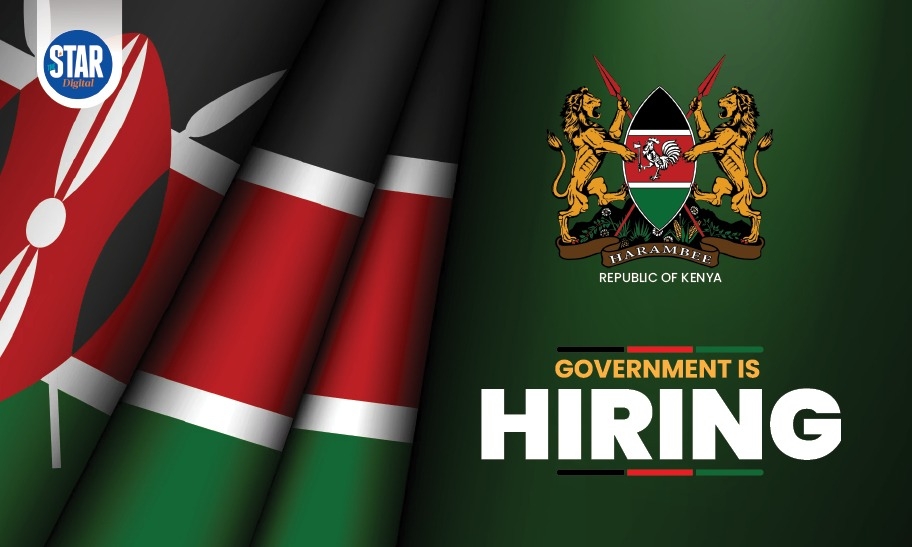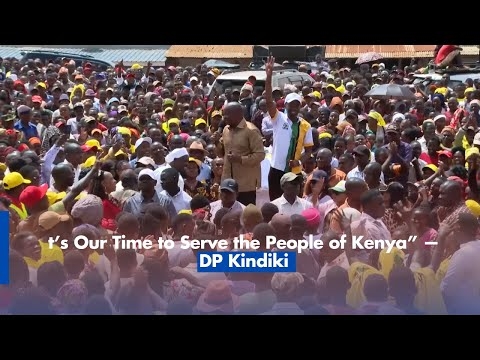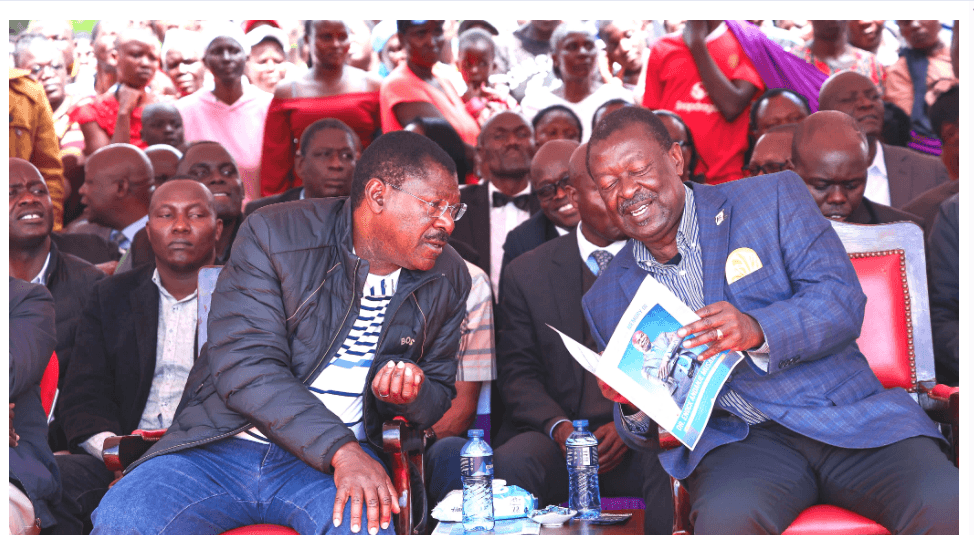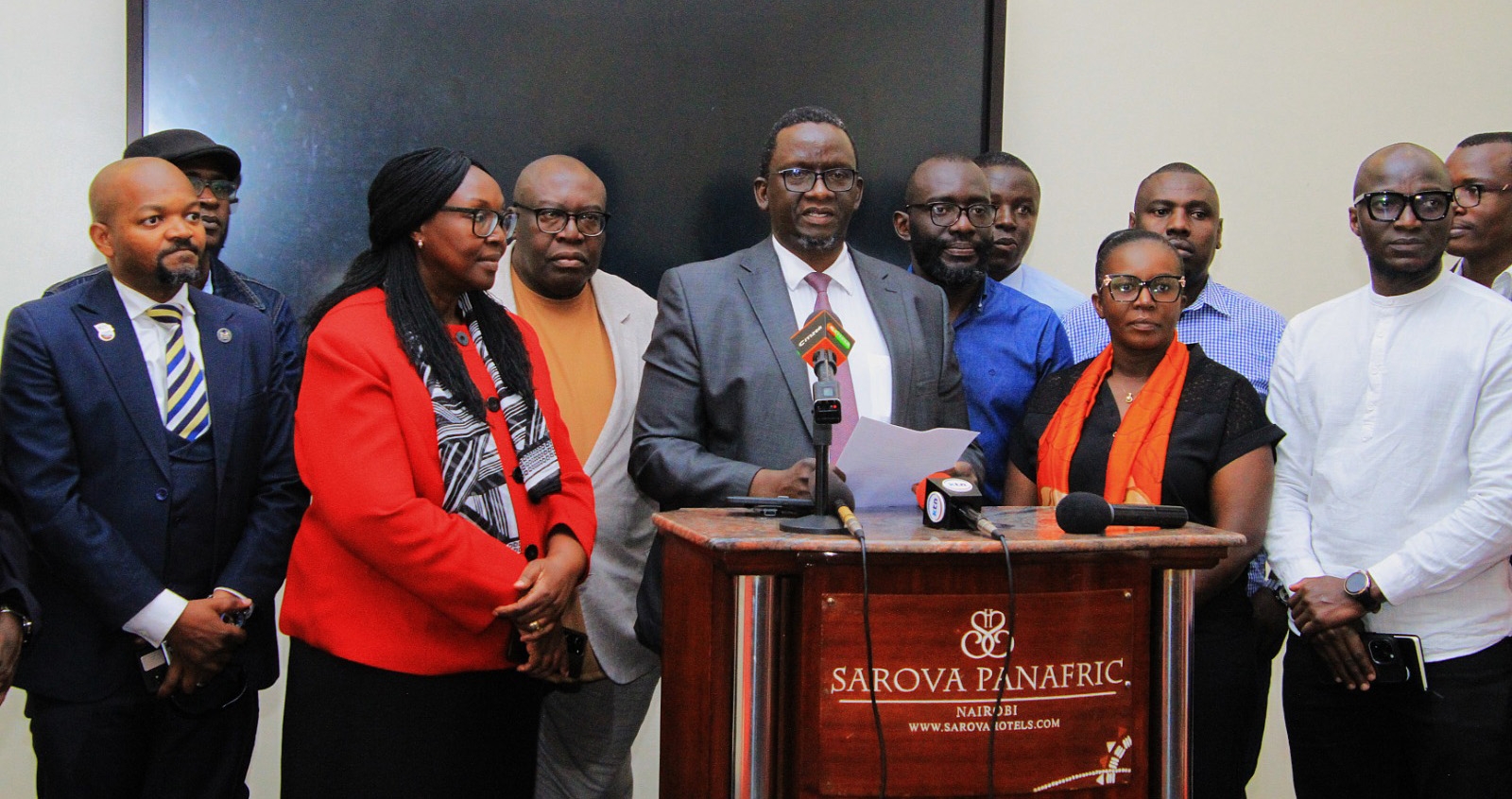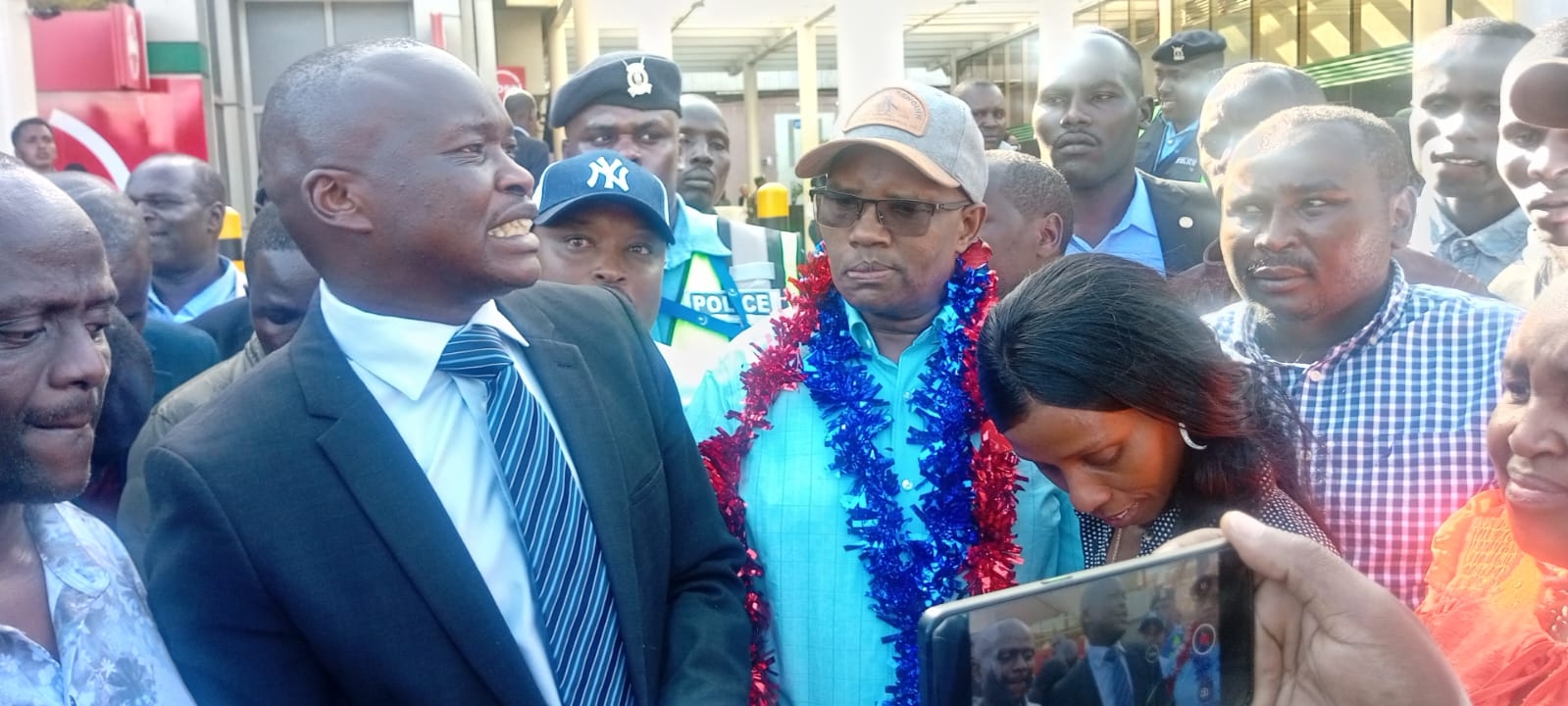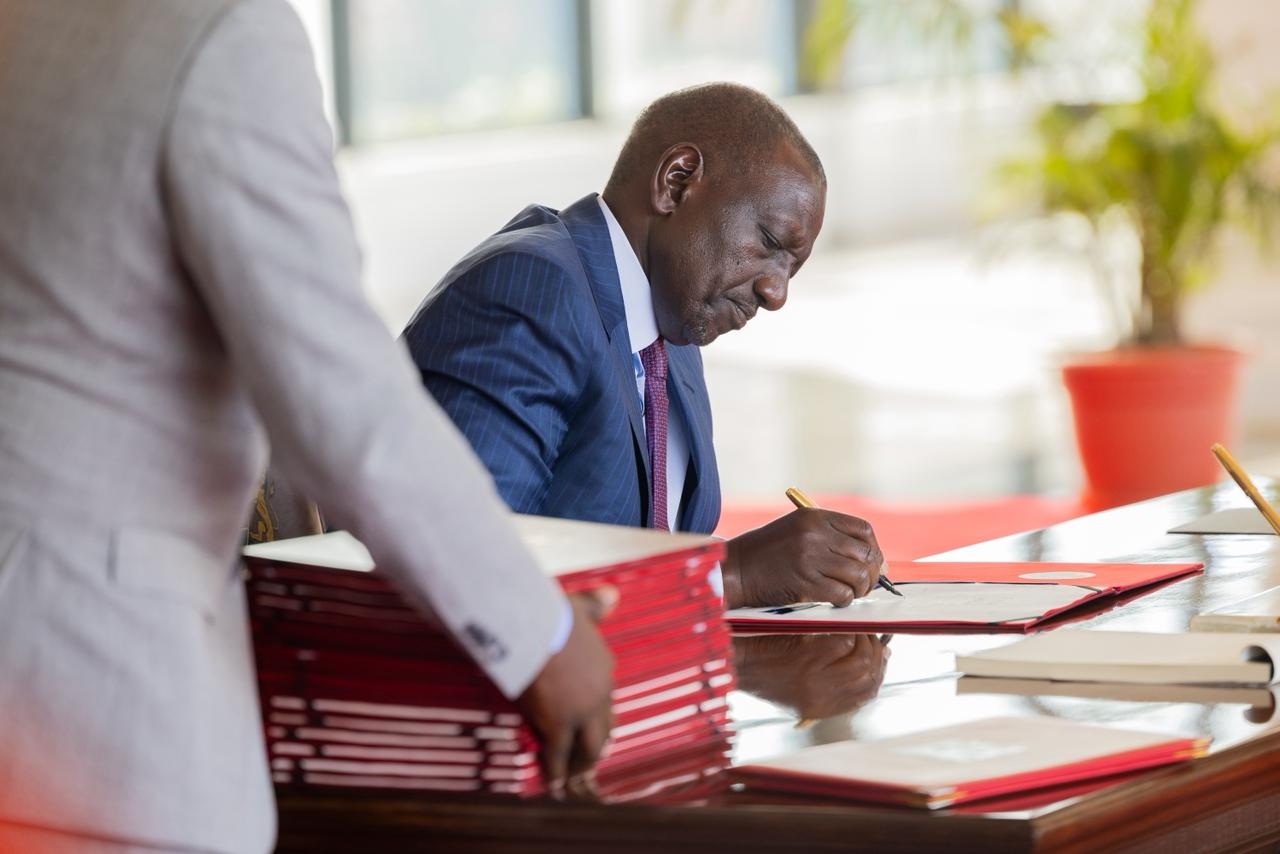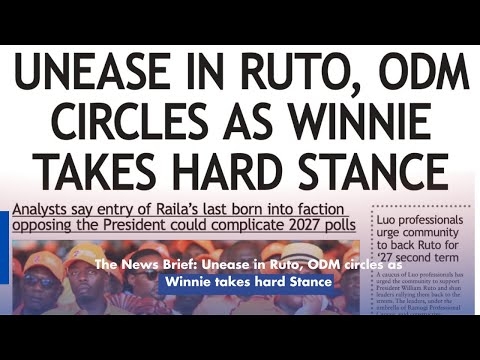Public Service CS Moses Kuria has expressed confidence in Kenya's economic trajectory saying the country is making significant strides towards becoming a middle-income country by 2030.
Kuria said he foresees Kenya’s ascension to the upper middle-income tier through the government's Bottom-Up Economic Transformation Agenda.
"When Vision 2030 was conceived, Kenya languished among the world's least developed nations. Today, we proudly stand as a lower middle-income country, showcasing the tangible benefits of our dedication to implementing Vision 2030,” he said.
Kuria made the remarks on Monday during the launch of the Fourth Medium-Term Plan (MTP IV) 2023-2027 dissemination forum at the Kiambu Institute of Science and Technology, Kiambu county.
He said the strides made so far through MTP 1, MTP 2, and MTP 3 have been commendable as the country transitions to MTP IV.
Kuria said implementation of MTP IV will be coordinated by respective government entities, including ministries, departments, agencies and counties, with a focus on accountability and performance evaluation.
"We must harness every idea and resource to realise our national and county-level plans. The real challenge lies in implementation. I will ensure strict accountability for this plan's execution," Kuria affirmed.
He said the State Department for Economic Planning, through the National Development Implementation Committee, will facilitate interagency collaboration to achieve the nation's development goals outlined in MTP IV.
Kuria emphasised the importance of successive governments taking ownership of long-term development plans and competing on their effective execution.
He said it’s paramount for successive governments to build on the gains made by preceding administrations for the financial stability and economic prosperity of the country.
“Vision 2030 was mooted by the Kibaki government, but successive governments, even after attempts to politicise the plan, have been faithful and shown fidelity to the Vision 2030,” Kuria said.
“It's regrettable that long-term plans were once associated solely with specific administrations. We must collectively embrace these plans and strive for excellence in their execution," he emphasised.
President William Ruto launched the Medium-Term Plan IV of Kenya Vision 2030 on March 21, 2024, under the theme 'A Bottom-Up Economic Transformation Agenda for Inclusive Growth.'
The ambitious goals set forth by Kenya Vision 2030 aim to sustain a 10 per cent GDP growth rate until 2030.
The plan aligns with international commitments such as the United Nations Agenda 2030 on Sustainable Development and Africa Agenda 2063.
Kuria said the Bottom-Up Economic Transformation Agenda (BETA), outlined in the Kenya Kwanza manifesto, has been integrated into actionable priorities within the Fourth Medium-Term Plan.
BETA, he said, aims to stimulate economic growth and inclusivity through a comprehensive value chain approach.
Kuria said key objectives of BETA include reducing the cost of living, eradicating hunger and creating 1.2 million new jobs annually.
He said the government is also keen on expanding the tax base, improving foreign exchange balance and fostering inclusive growth.
The CS said the objectives will be achieved through targeted investments across five core pillars of Agriculture, Micro, Small and Medium Enterprises Economy (MSME), Housing and Settlement, Healthcare, and Digital Superhighway and Creative Economy.


